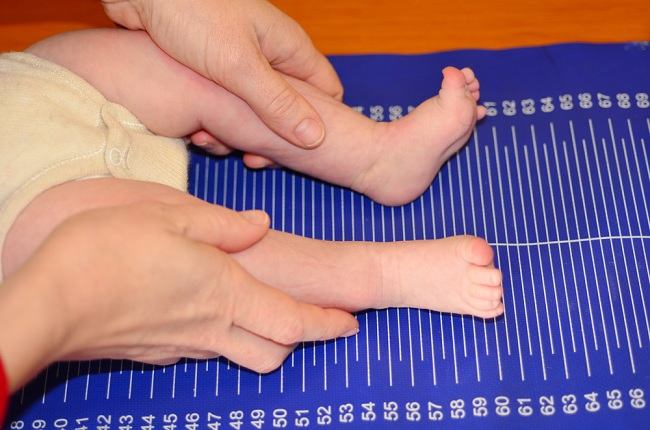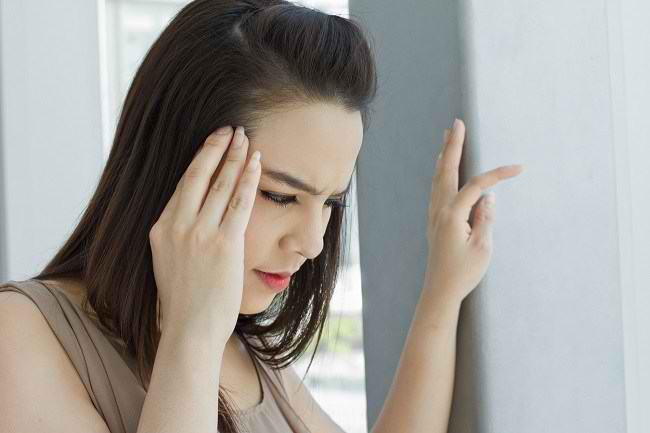Oxcarbazepine is a drug used to treat seizures caused by epilepsy. In addition to reducing seizures, oxcarbazepine is sometimes used to treat bipolar disorder.
Oxcarbazepine works by normalizing electrical activity in the brain, so seizures can be controlled. This drug cannot cure epilepsy, it only controls seizures. This medicine should only be used according to a doctor's prescription.

Oxcarbazepine trademark:Barzepine, Pharozepine, Prolepsy, Trileptal
What is Oxcarbazepine
| group | Anticonvulsants |
| Category | Prescription drugs |
| Benefit | Overcoming seizures in epilepsy |
| Used by | Adults and children |
| Oxcarbazepine for pregnant and lactating women | Category C:Animal studies have shown adverse effects on the fetus, but there are no controlled studies in pregnant women. Drugs should only be used if the expected benefit outweighs the risk to the fetus. Oxcarbazepine can be absorbed into breast milk. For breastfeeding mothers, first consult with your doctor before using this medicine. |
| Shape | Tablets and syrup |
Precautions Before Taking Oxcarbazepine
Oxcarbazepine should not be used carelessly and must be in accordance with a doctor's prescription. Some things to consider before taking oxcarbazepine are:
- Tell your doctor if you have a history of allergies to oxcarbazepine.
- Do not drive or operate heavy machinery while you are taking oxcarbazepine, as this medicine may cause dizziness and drowsiness.
- Tell your doctor if you are pregnant, breastfeeding, or planning a pregnancy.
- Tell your doctor if you have or are currently suffering from liver or kidney disease.
- Tell your doctor if you are taking any other medicines, including herbal medicines and supplements.
- Tell your doctor if you have a mental disorder, such as depression or suicidal ideation.
- Do not consume alcoholic beverages while on treatment with oxcarbazepine.
- If you have an allergic reaction or overdose after taking oxcarbazepine, see your doctor immediately.
Oxcarbazepine Dosage and Directions
The dose of oxcarbazepine is different for each patient, depending on the patient's condition. The following are general doses of oxcarbazepine to treat seizures:
Mature
- Monotherapy dose: 600 mg per day, which is divided into 2 consumption schedules.
- Maintenance dose: 600–1200 mg per day, the dose may be increased to 2,400 mg per day.
Children aged 6 years and over
- Initial dose: 8–10 mg/kgBW per day, divided into 2 consumption schedules. If necessary, the dose can be increased by 10 mg/kg BW per day, after 1 week of use.
- Maintenance dose: 30 mg/kg body weight per day.
- Maximum dose: 46 mg/kg body weight per day
How to Use Oxcarbazepine Correctly
Follow the doctor's recommendations and read the instructions for use on the packaging before using oxcarbazepine.
Oxcarbazepine can be taken with food. However, this drug should be taken on an empty stomach, for example 1 hour before eating or 2 hours after eating.
If oxcarbazepine is taken in tablet form, swallow the tablet whole and do not chew or crush the tablet. If prescribed oxcarbazepine syrup, take this medication with a glass of water.
Store oxcarbazepine at room temperature. Keep this medicine away from direct sunlight and out of reach of children.
Oxcarbazepine Interactions with Other Drugs
The following are a number of interactions that may occur when oxcarbazepine is used in combination with other medicines:
- Increased levels of other anticonvulsant drugs, such as phenobarbital and phenytoin, in the blood
- Decreased levels of CYP isoenzyme-inducing drugs, such as carbamazepine, in the blood
Oxcarbazepine Side Effects and Dangers
There are several side effects that can arise after taking oxcarbazepine, namely:
- Headache
- Sore throat
- Fever
- Fatigue
- Nauseous
- Cough
- Blurred eyes
- Clumsiness or balance disorders
- Dizziness and a spinning sensation
Check with a doctor if the complaints mentioned above do not go away or get worse. Call your doctor right away if you have an allergic drug reaction, Steven Johnson syndrome, or experience more serious side effects, such as:
- Jaundice
- Severe sores and rashes appear on the skin
- Depression
- Low levels of sodium in the blood (hyponatremia)









